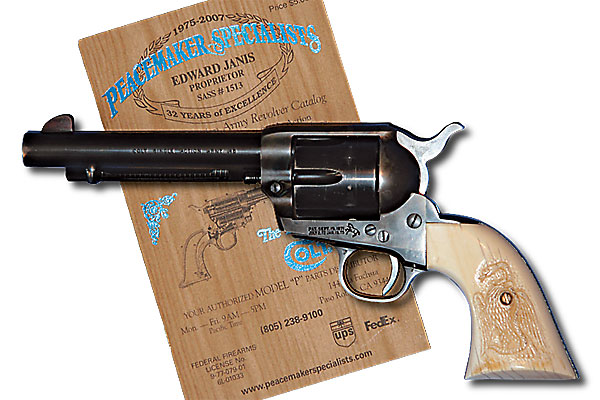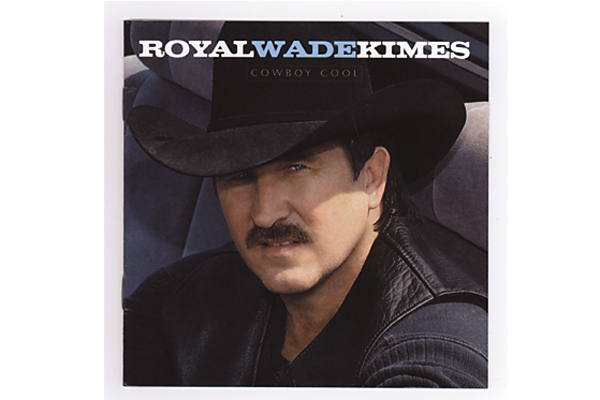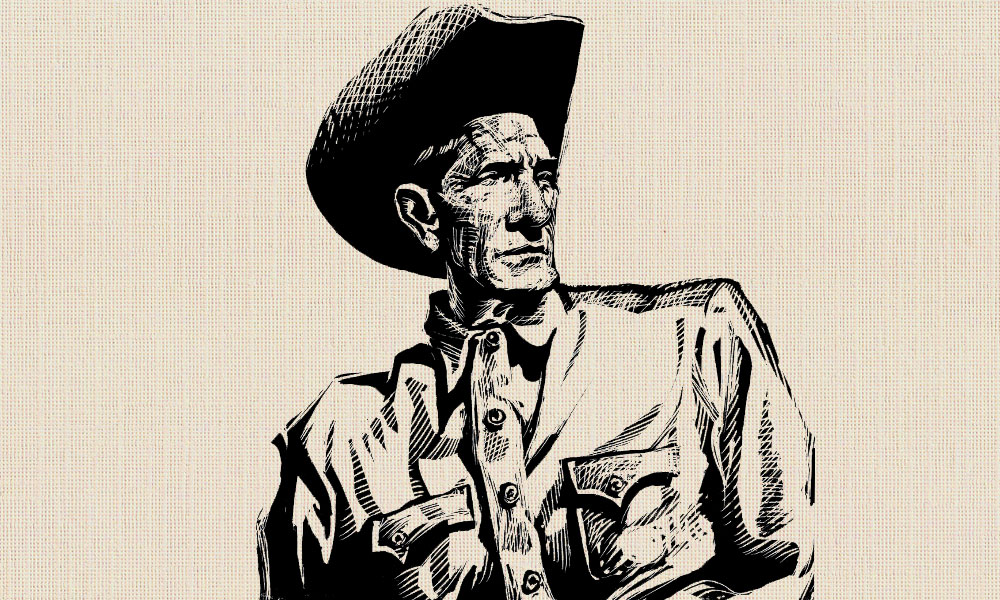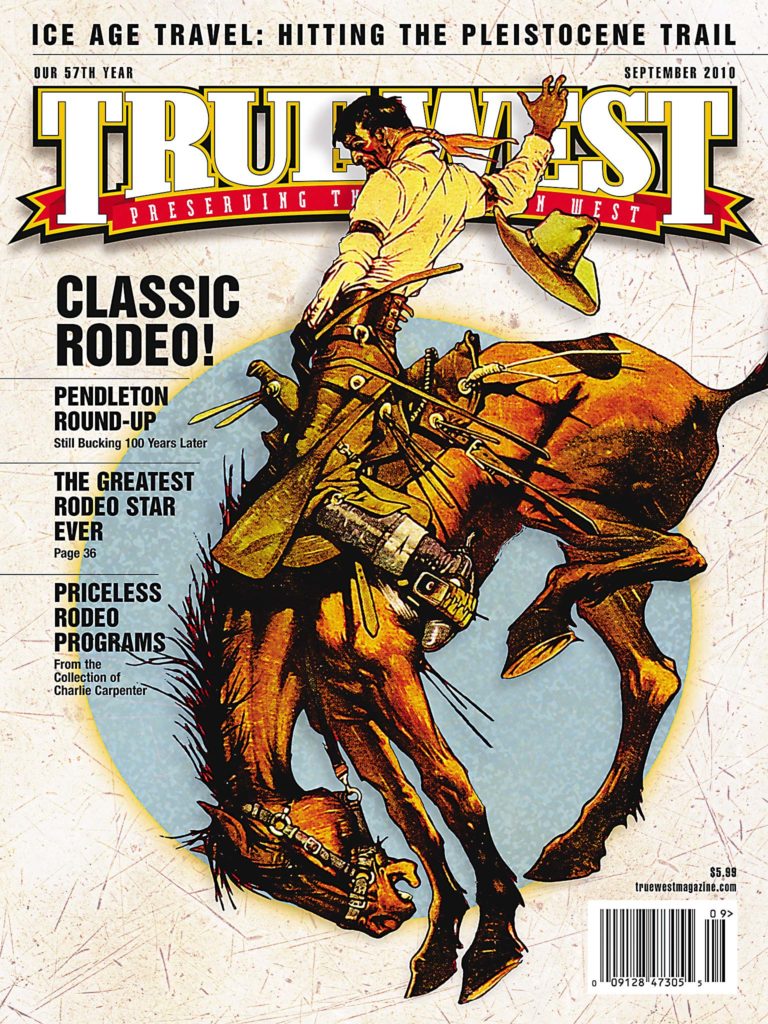
Did you know that the world’s best-known “cowboy six-shooter,” the 1873 Colt Single Action Army (SAA), started its career as a military sidearm, designed primarily for the U.S. Cavalry?
Despite its more formal names of “Model P” or “Peacemaker,” the Colt SAA is also commonly known to many as the “Cowboy Six-Gun,” “Colt .45” or the “Frontier Colt.” Although it was created as a cavalry firearm, much of the Peacemaker’s worldwide recognition comes from the popularity of America’s Western films. In the hands of movie and TV cowboy heroes such as John Wayne, Clint Eastwood and Tom Selleck, the Colt SAA has tamed the celluloid frontier. You could say it has become a “cowboy star” in its own right.
The ’73 Colt’s story actually began in 1872 with the issuance of Colt’s Patent Fire Arms Manufacturing Company’s first large-frame, metallic cartridge revolver, the .44 Colt caliber 1872 Open Top Revolver, often considered as the parent arm of the Colt Single Action. While the Hartford firm was advertising and selling the 1872 Model (a totally new revolver, rather than another cartridge conversion of older percussion models), research and development was proceeding quietly in creating an entirely different solid-frame revolver. By November of 1872, Colt’s new “Strap Pistol” had pretty much taken on the classic look of the now famous Peacemaker.
The U.S. Army Ordnance tested it against the Smith & Wesson “American” break-top revolver, which was one of the government’s service pistols at the time. Interestingly, the first of Colt’s sample handguns sent to them was chambered for the new .44 S&W Russian cartridge. It would also handle the .44 Colt round, then in use in a number of “Richards” and “Richards-Mason” cartridge conversion revolvers. Colt’s vice president and general agent, the retired Gen. W.B. Franklin, felt that the newer .44 S&W Russian cartridge, which had proved superior to the .44 S&W American load, would be preferred by the Army for its latest handgun. Yet in order for the military to conduct exacting tests on both revolvers, both arms had to have the same chamberings.
Therefore, the Colt sample was returned to the factory to be re-chambered. After several months of testing, Colt also decided to increase the bore diameter to .45 inches. Government officials were pleased with the new sample gun in .45 Colt chambering. On July 23, 1873, the final signature was added to the first U.S. Government contract for the SAA Colt. This agreement called for the delivery of 8,000 revolvers and appendages, which consisted of one screwdriver per pistol, at a price of $13 per unit. The Colt Peacemaker, now in full production, took its first steps down the halls of history.
Phil Spangenberger writes for Guns & Ammo magazine, appears on the History Channel and other documentary networks, produces Wild West shows, is a Hollywood gun coach and character actor, and is a Field Editor and regular columnist for True West.





